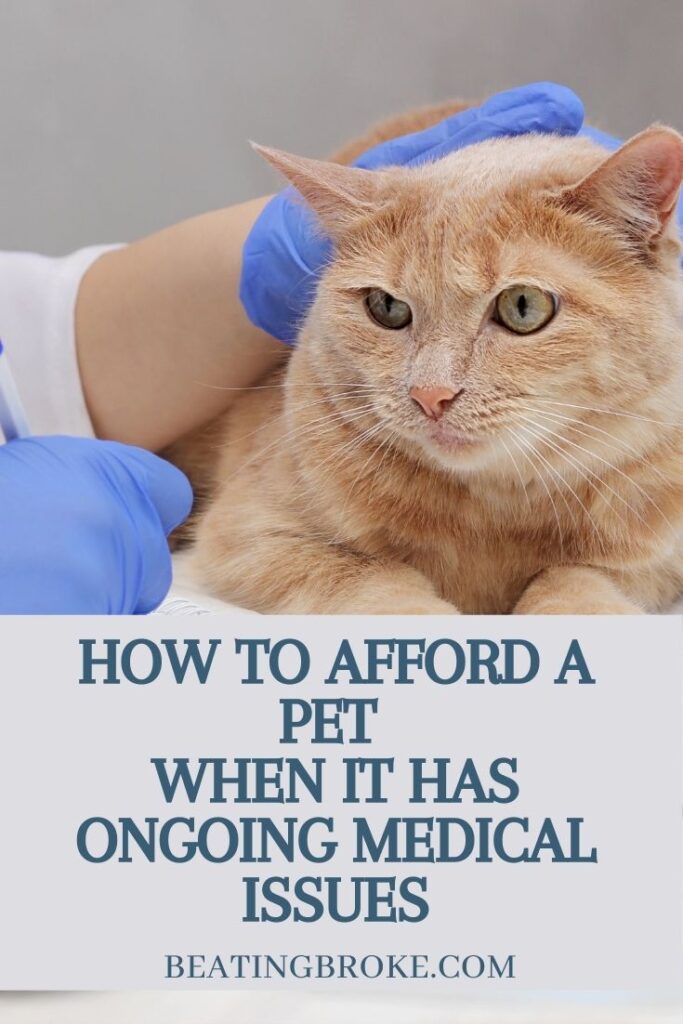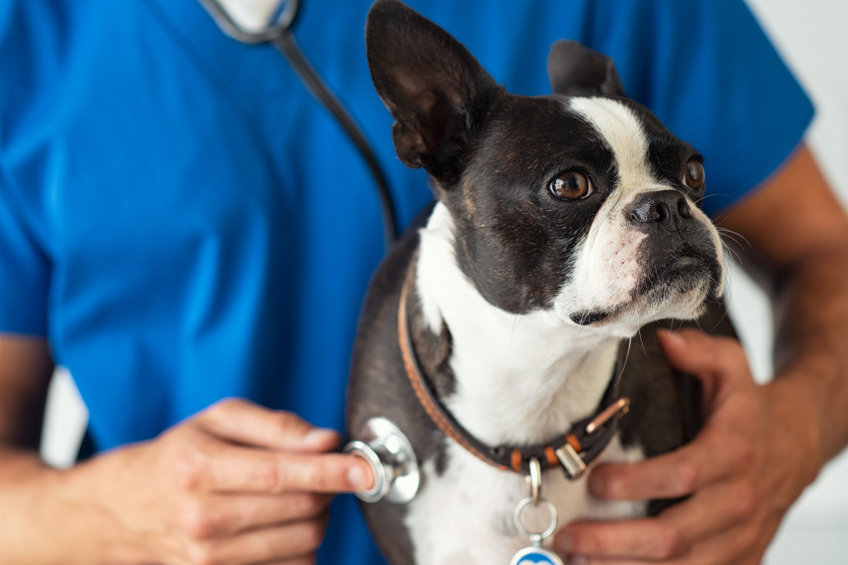
When our family friend passed away, she left us her six-year-old cat, Miss Kitty. Miss Kitty was a skittish, fearful cat. She is still that way, but she has come to love us, and we, her. However, this cat has cost us a small fortune! We discovered she is prone to urinary crystals, so she has to have special diet cat food that costs approximately $500 a year. She also has dental issues. Just recently, we had to pay $1,600 to have five of her teeth pulled. Owning Miss Kitty has not been a cheap venture. Unfortunately, our experience is not unique. Many loving pet owners discover their pets have health issues that cost a lot of money. If that is your experience, you may wonder how to afford a pet when it has ongoing medical issues.
Ask What Services Are Absolutely Necessary
Often, veterinarians will suggest many services that your pet needs. Feel free to ask the vet which services the animal needs immediately and which you can delay without harming the animal’s health. This strategy can allow you to pay for treatments that are needed now. Then, you can save for the other treatments that aren’t as urgent. When you have money saved, you can get the next treatment.
Ask the Vet about a Payment Plan
Before the vet begins treating your animal, ask if she has a payment plan. Some vets do. Often, vets offer these payment plans with zero percent interest. Our vet did not have a payment plan, but he waived fees like her recheck appointment (saving us $56) and her antibiotics. If your vet knows that money is a concern, she may offer some discounts.
Utilize Care Credit
If your vet doesn’t offer a payment plan, consider using Care Credit. Care Credit is different than a credit card, but you still should use it conservatively. You can get short-term credit with zero percent interest as long as you make the minimum payment on time and have the balance paid off by the end of the promotional period. If you don’t, you’ll be charged interest from the time of the initial charge.
Get Care at a Veterinarian School

If you have a veterinarian school nearby, inquire about seeking treatment there. While you may worry about the quality of care, experienced vets supervise veterinarian students, so you should feel comfortable having your animal treated there.
In addition, because your animal gives the vets-in-training experience, you’ll likely be charged less than if you went to a vet who already has her degree.
Utilize Chewy.com
If your animal requires special food or medicine, consider using Chewy.com. We buy all of Miss Kitty’s food from Chewy, and they’re a fabulous company. Their prescription food prices are lower than what you’ll get at your vet’s office, and their medicine is cheaper, too.
Find a Way to Make Extra Money
If your animal has a one-time expense such as Miss Kitty needing her teeth extracted, you may be able to make additional money quickly. One woman who had to pay for an emergency visit for her dog donated her plasma for two months to pay off the bill.
Final Thoughts
For many of us, pets are part of our family. If you’re wondering how to afford a pet when it has ongoing medical issues, know that there are places you can go to get cheaper service to afford your pet’s care.
Read More
Going on Trips with Fido (and Other Pets)
Prepare for These Expenses When Getting a Dog
Natural, Low-Cost Flea Treatments
Melissa is a writer and virtual assistant. She earned her Master’s from Southern Illinois University, and her Bachelor’s in English from the University of Michigan. When she’s not working, you can find her homeschooling her kids, reading a good book, or cooking. She resides in New York, where she loves the natural beauty of the area.





